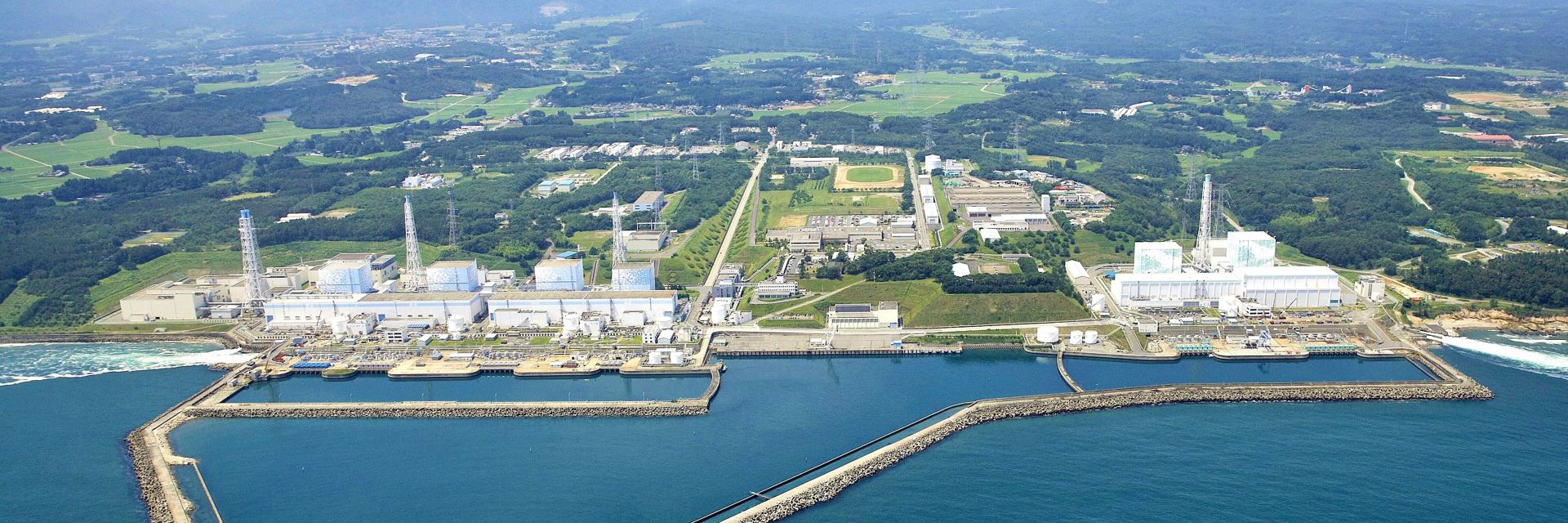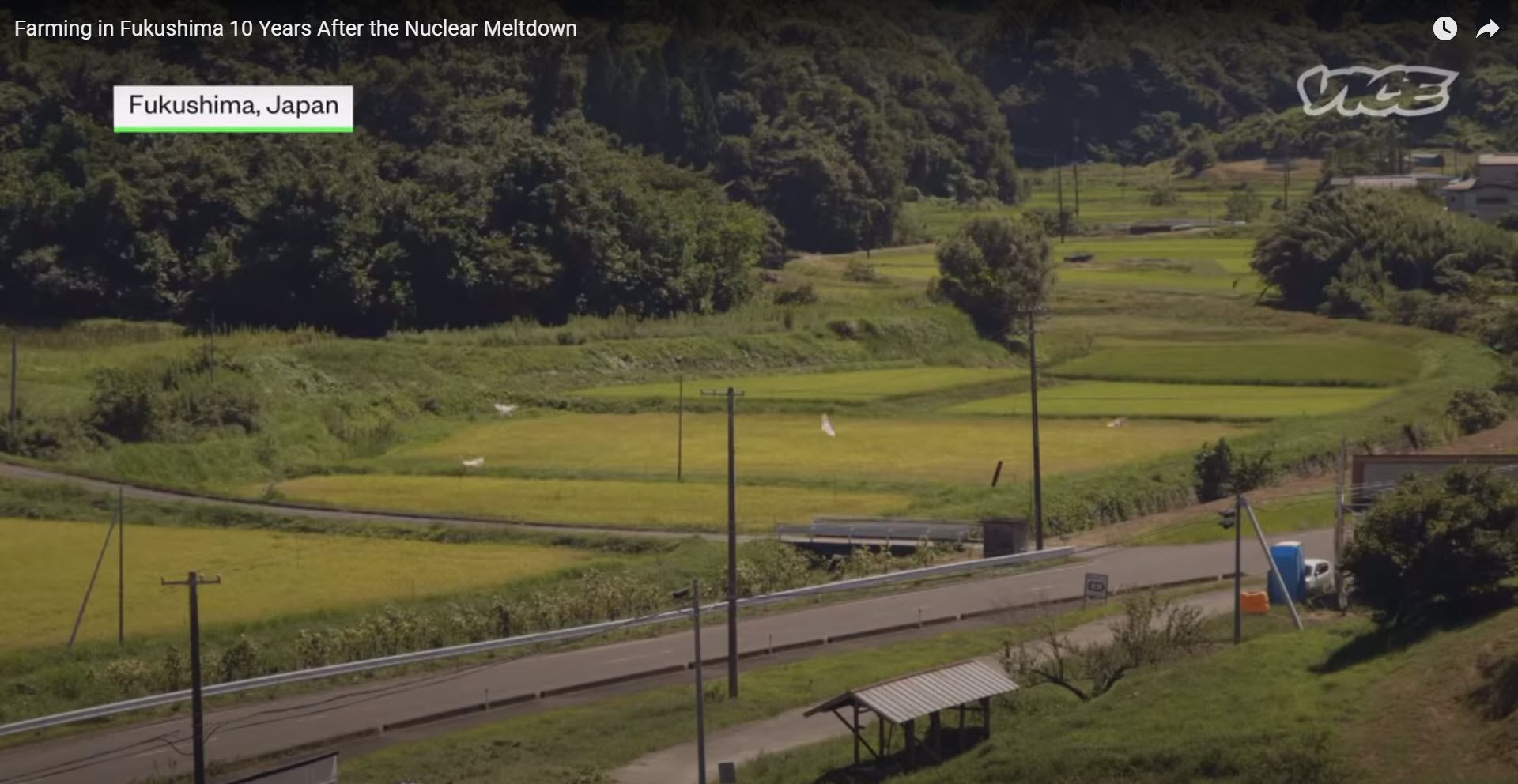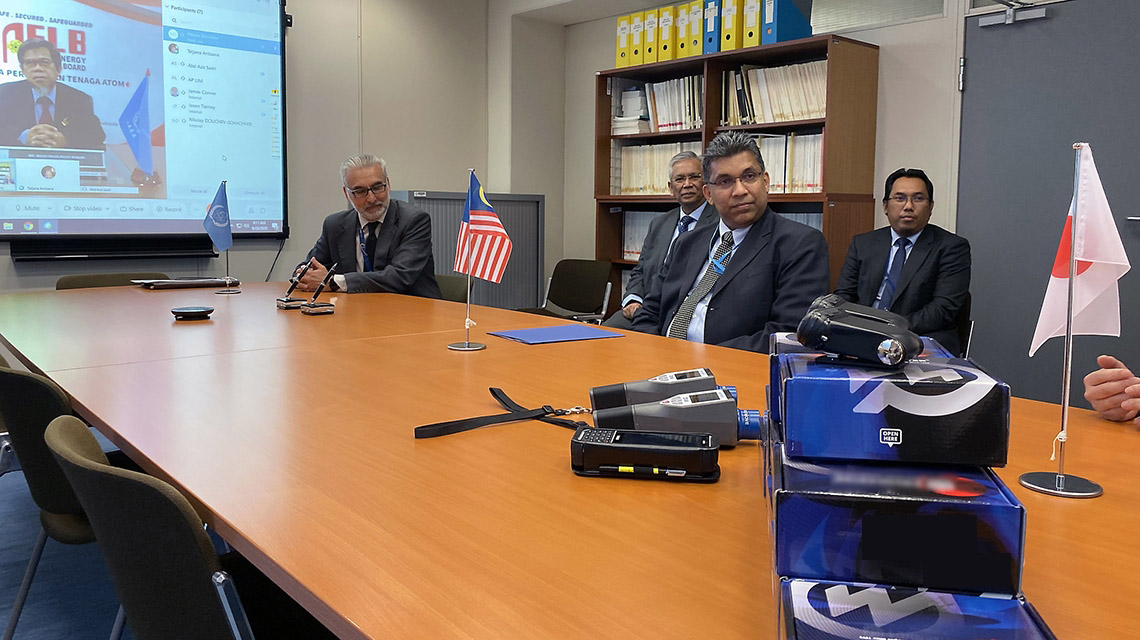Japanese PM wants more nuclear restarts, next-generation development
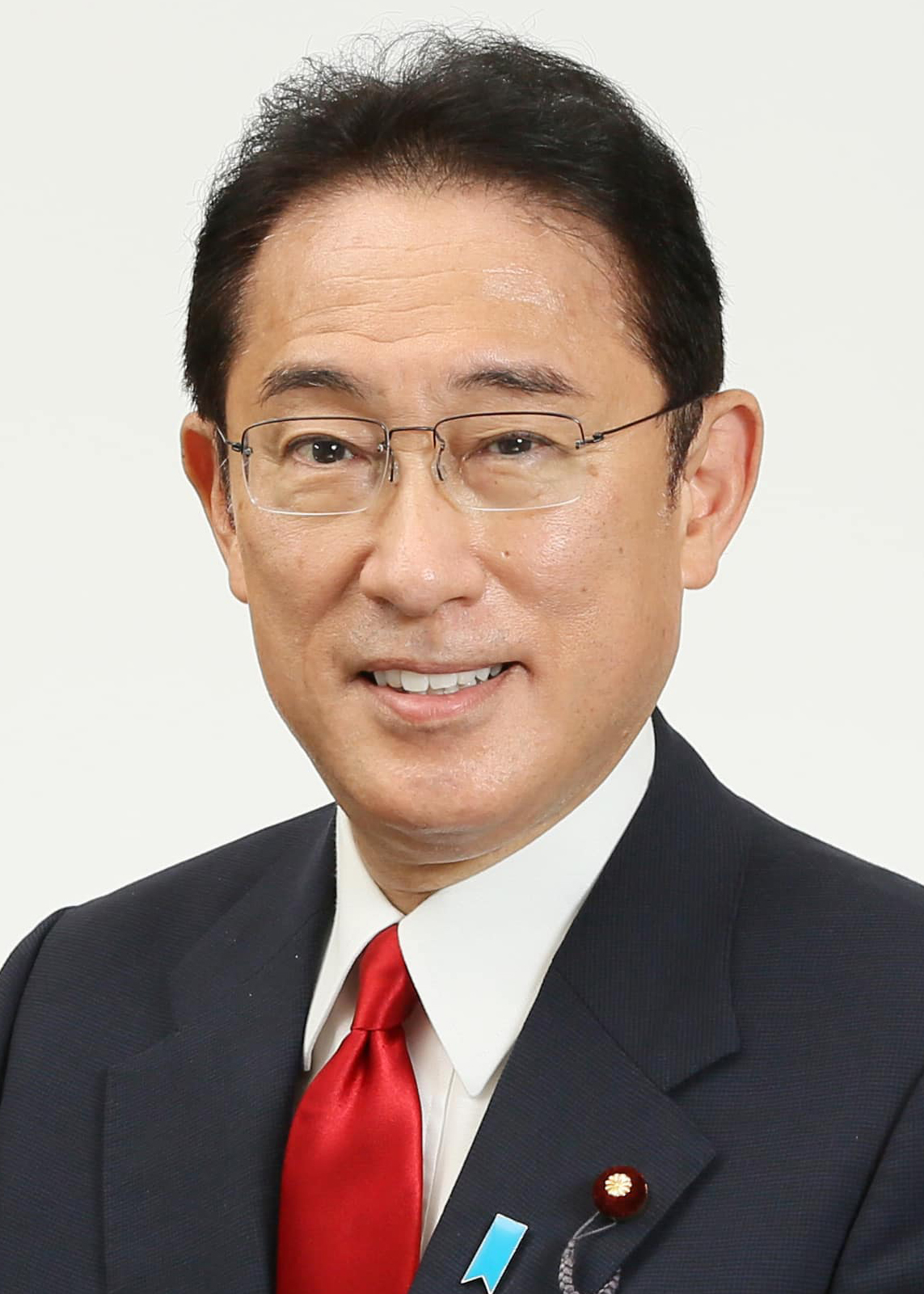
Kishida
Having already declared last month his government’s intention to return to service as many as nine idled power reactors in order to ensure stable supplies of energy this winter, Japanese prime minister Fumio Kishida yesterday called for additional restarts and endorsed the development and construction of next-generation nuclear plants, according to reports from various news outlets, including Nikkei Asia, the Washington Examiner, and the Los Angeles Times.
Kishida made the comments at the second meeting of Japan’s GX (Green Transformation) Implementation Council, a new group tasked with helping the country achieve carbon neutrality by 2050.



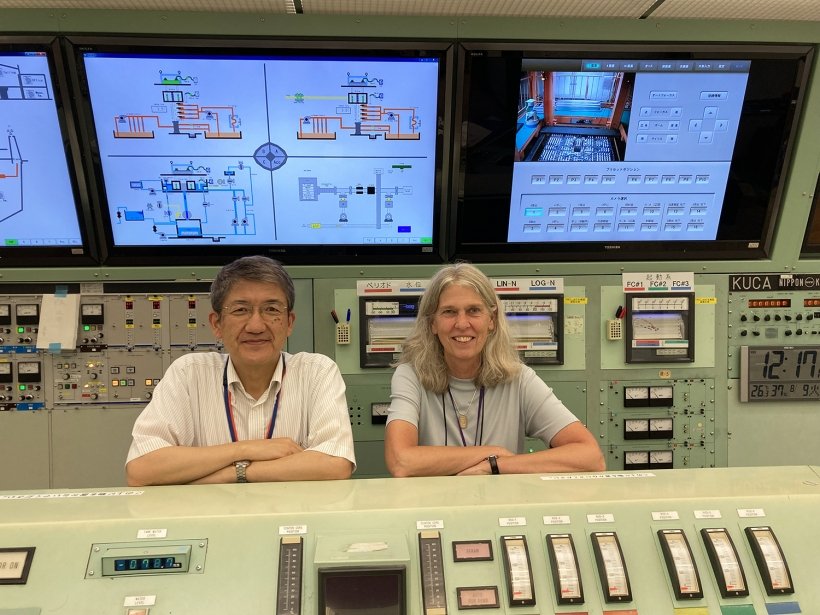
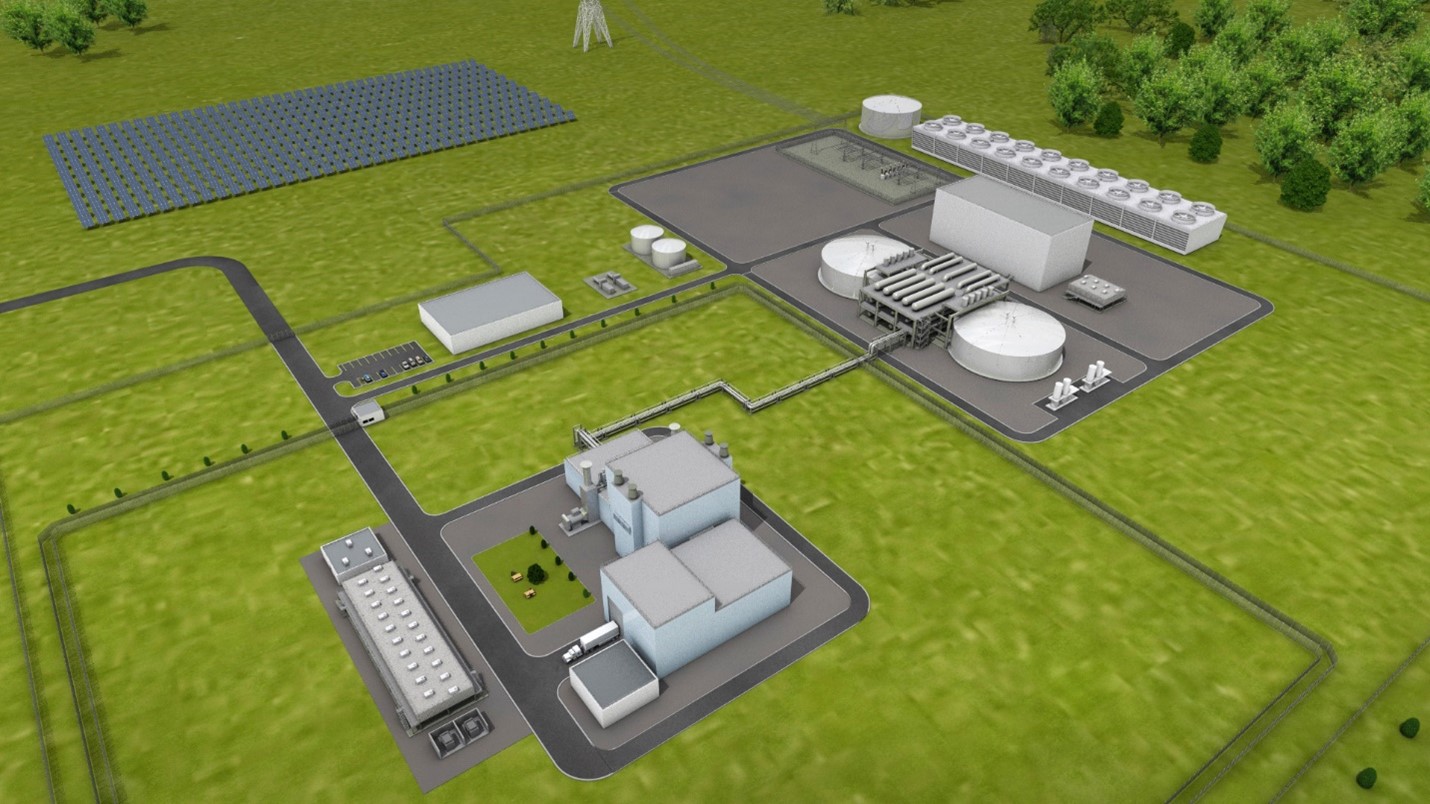
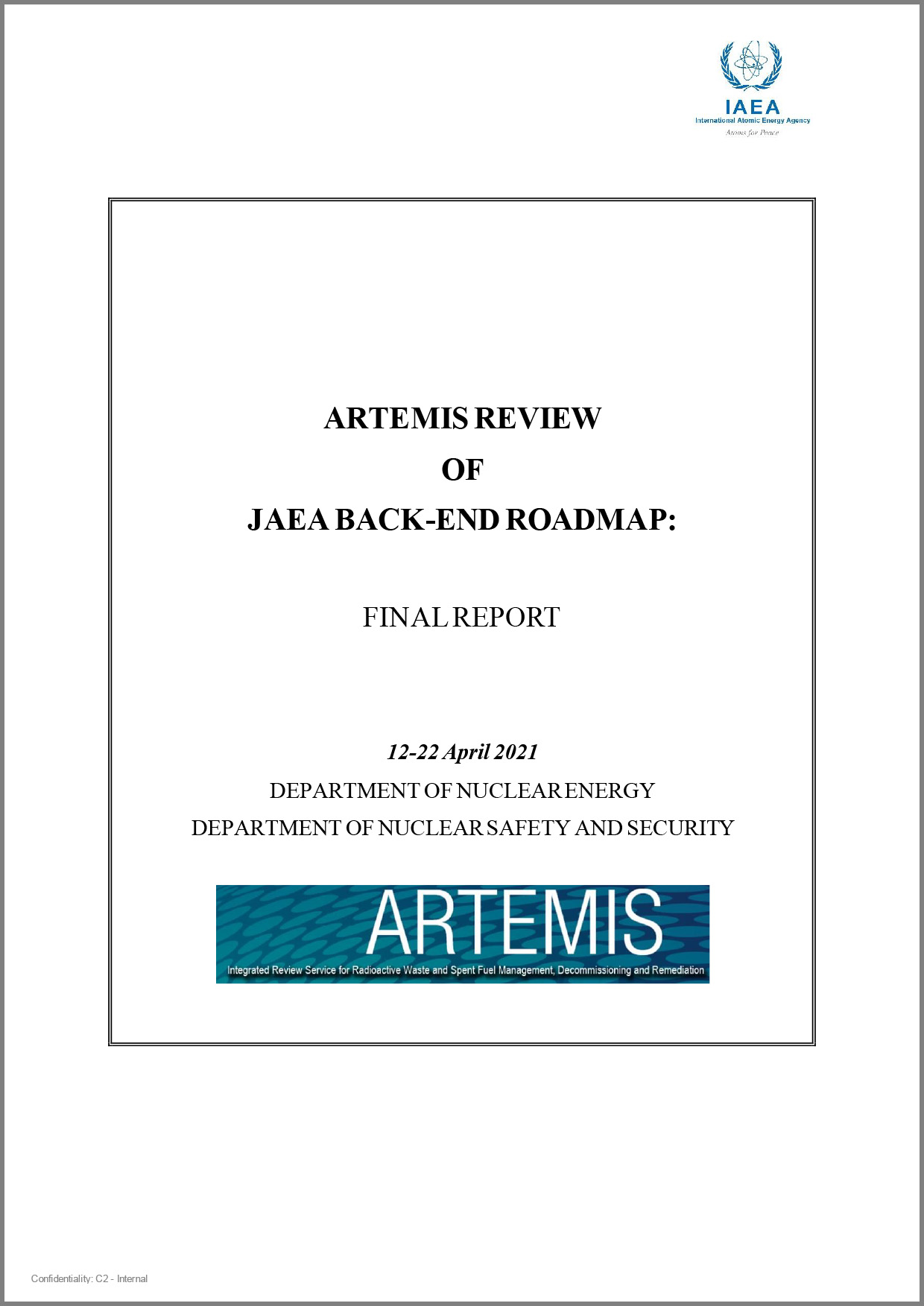 Noting the challenges Japan will face in managing the nuclear waste that will be generated from decommissioning 79 of its nuclear research and development facilities, the International Atomic Energy Agency is recommending that the country prepare for delays in the development of disposal facilities and provide appropriate waste storage capacity for the interim period.
Noting the challenges Japan will face in managing the nuclear waste that will be generated from decommissioning 79 of its nuclear research and development facilities, the International Atomic Energy Agency is recommending that the country prepare for delays in the development of disposal facilities and provide appropriate waste storage capacity for the interim period.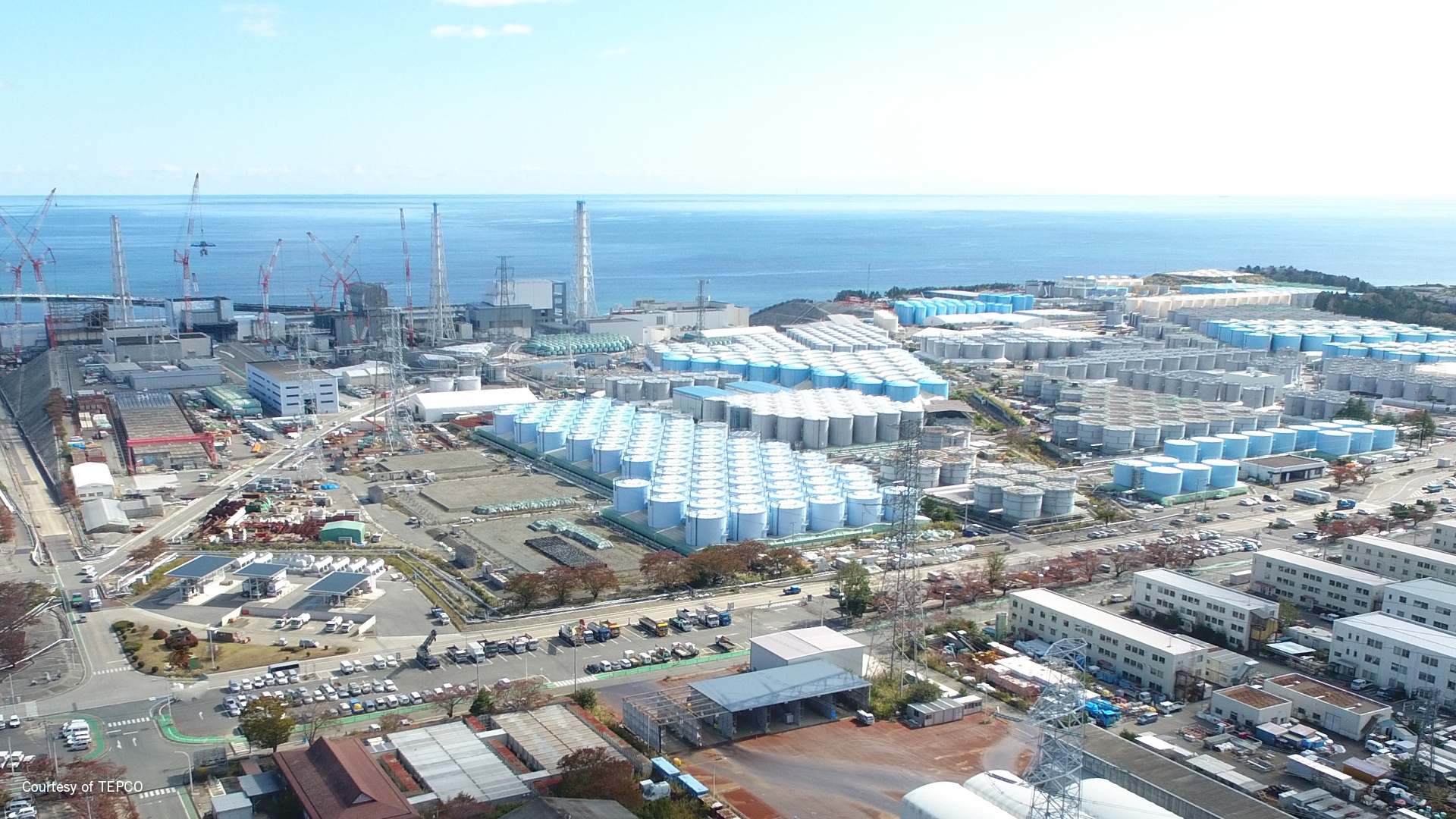
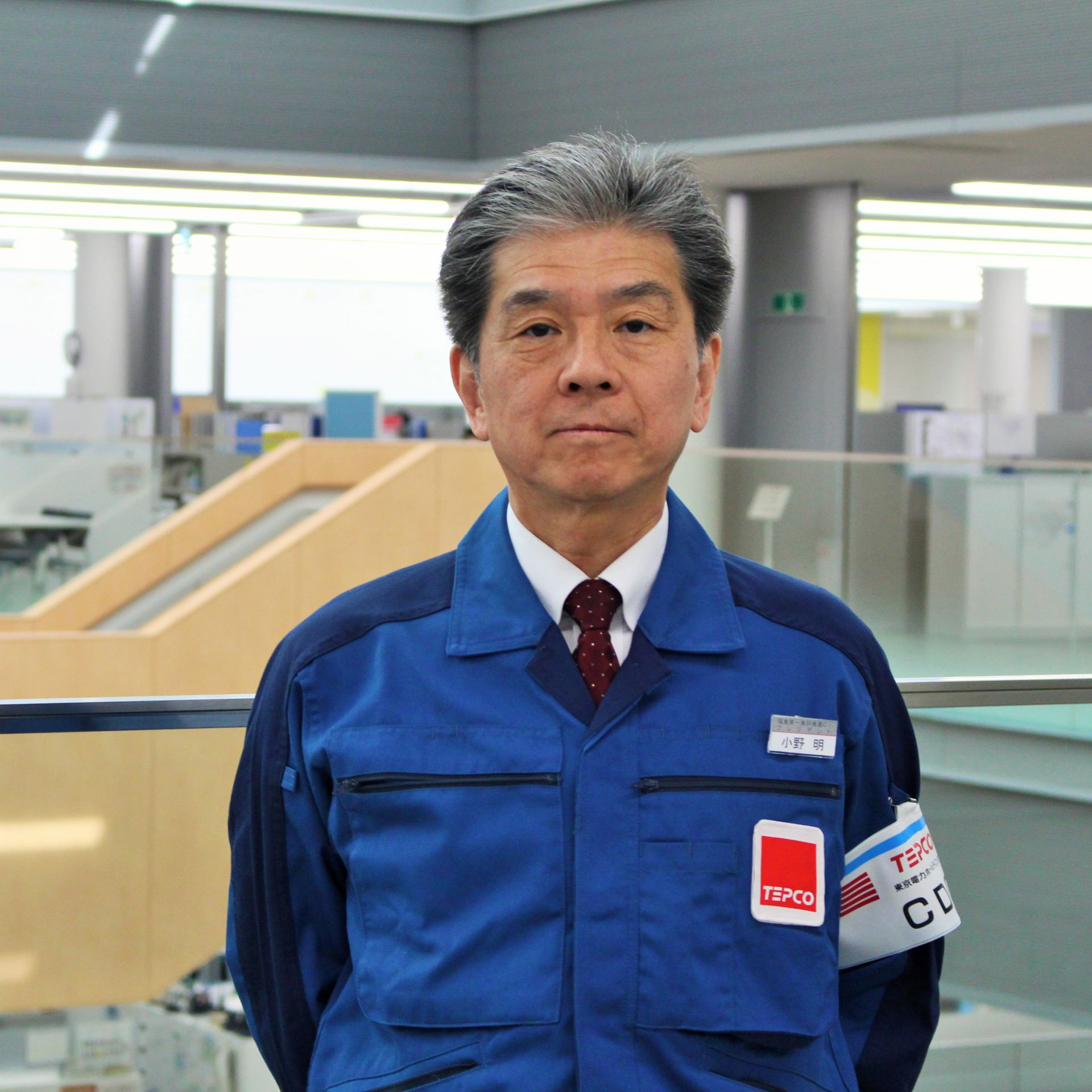
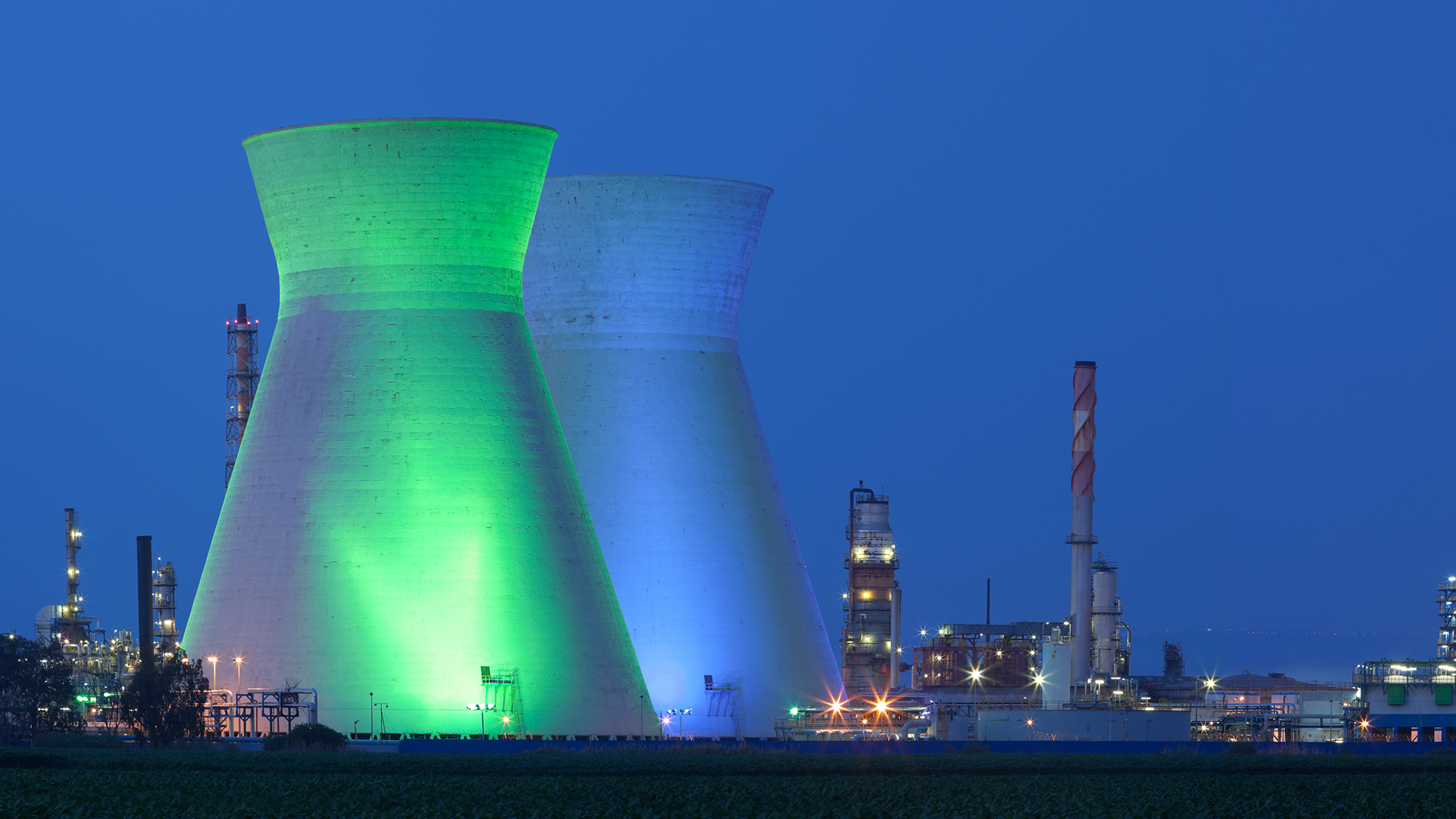 Nuclear power is an important component in the fight against climate change, but independent regulation is needed to gain the public’s---and governments'---trust, according to a March 6 article in The Economist, “
Nuclear power is an important component in the fight against climate change, but independent regulation is needed to gain the public’s---and governments'---trust, according to a March 6 article in The Economist, “